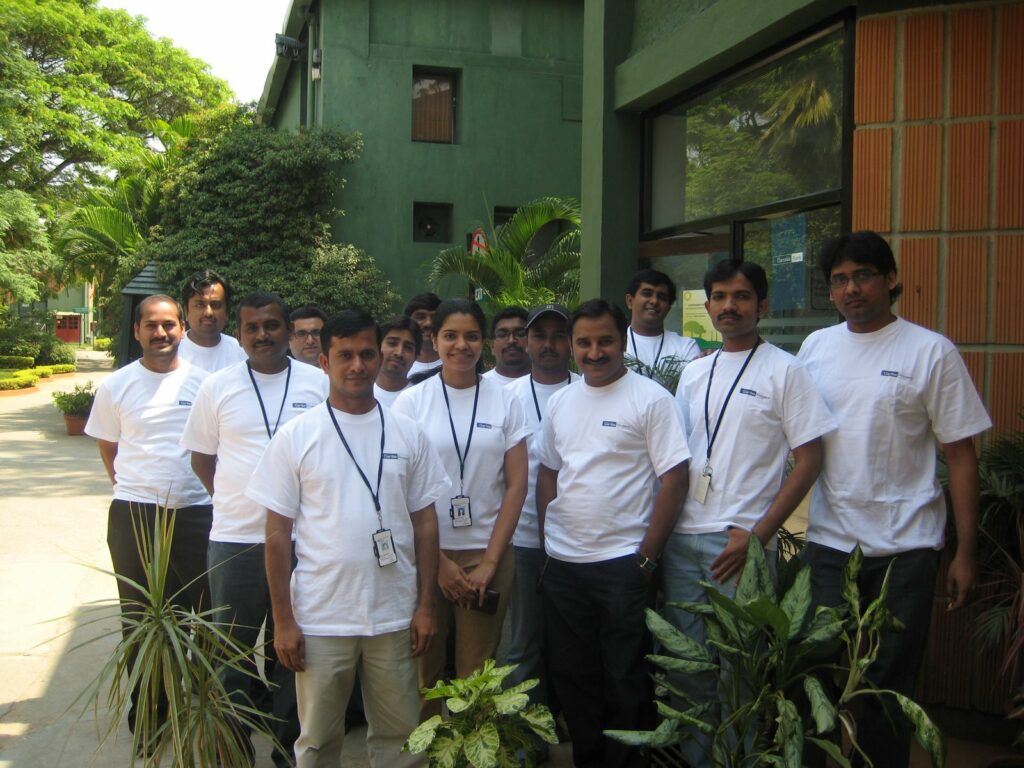
This blog contains tips and tricks for project managers who will have to manage virtual projects.
Relationship with the team is essential, but you must also understand the individual team members, their communication style, and how they manage and act about their daily routines so that you, as a project manager, can integrate as effectively as possible into “their world”.
Schedule regular periodic 1 to 1 meetings with the team members and the various leaders involved in the project. I usually do not favour 1 to 1 session when it comes to teamwork, as it does not promote team spirit and way of working and, in some cases, can even have adverse effects such as jealousy and that some feel overlooked. Because distance management is more complicated than regular daily management, 1 to 1 meetings can be helpful during project execution with a virtual team.
When the team meets in person, as a project manager, you must remember to include a review of how the team participants and, for that matter, their managers handle communication, and interaction and, most importantly, ask about what you can do to make the workflow optimally.
Allow team members to network with their colleagues as often as possible. Hold virtual meetings via telecommunication or videoconference as often as possible. And best of all, arrange physical meetings when possible, for example, in connection with a celebration of a Milestone or education where everyone is interested in participating.
It is essential to ensure proper communication and tools to facilitate meetings and problem-solving. When I led a project with Indian developers a decade ago, we communicated almost exclusively by phone and at the end of the project via something resembling Skype; in some cases, we could sneak into borrowing the video conferencing rooms reserved for management. The consequence of this was that it was difficult to collaborate, as many discussions took place by email, which subsequently required very detailed documentation and a myriad of reviews.
So let me make it clear that if you have to work in multiple locations, there should be enough broadband so that you can meet daily via Teams or Skype or something similar.
Likewise, there must be access to graphic facilitation and documentation tools such as Miro and a repository like Share Point. And last but not least, you must secure that project participants are educated to use these tools to the degree that depends on their role. Cell phones and emails don’t do it alone.
When team members find themselves in the main office or at a joint workshop, there must be a time-space in the plan to cultivate an informal network and talk about something other than work, just as there must be room for everyone. Once I worked on a large project in a bank. There was room in the office for 40 plus some meeting rooms, but we were often over a hundred. If there are many people at a workshop, move it out of the head office. It pays to spend money on a conference centre or a hotel. Then you do not disturb others at the head office, and your project can get the most out of the few hours you are together.
As a project manager for a project team, you must contact all team members at an agreed level. As far as possible, you must plan and hold decided meetings. Therefore, there must be a plan at all meetings and minutes.
Make sure that the team or individual participants can contact you. So, keep your calendar open to everyone to know when they can get a hold of you; this encourages verbal communication to detect undertones and problems before they escalate. As you know, all project management is about risk management.
As mentioned earlier, I’m not a big fan of 1-1 meetings, as it can lead to the marginalisation of some team members, having more obviously frequent contact with “favourites”. Instead, facilitate a meeting culture where everyone can say and learn from the joint work; this can happen more or less institutionalised through reviews and retrospectives, as happens in Scrum.
Finally, as a project manager, you need to be aware of cultural and religious differences and consider them when leading your team. Avoid bad jokes about gender, religion, politics, sex, and race.
20 tips for remote management of virtual teams
List of recommended best practices:
1. Hold regular conference calls
2. Schedule monthly 1:1 reviews
3. If possible, agree on one day a month when the whole team is in the office
4. Take advantage of kick-offs and social events
5. Make sure the team has the right equipment at home
6. Regular follow-up with the team on agreed activities
7. Make the team aware of support resources
8. Make sure communication is concise and clear
9. Pay attention to cultural diversity
10. Know the team participants’ market and market value
11. Give the team enough time to receive critical information
12. Aim to communicate in person where and when you can
13. Be consistent – communicate to all or none of them
14. Create mentors for new hires to secure all new ones from the get-go.
15. Pay attention to the impact of your communication. Being called into the office can be alarming!
16. Provide regular feedback
17. Recognise what they’ve accomplished and tell them you appreciate your team and work.
18. Maintain an adult and respectful relationship
19. Ask for their opinion.
20. Try to facilitate and lead instead of administering.
